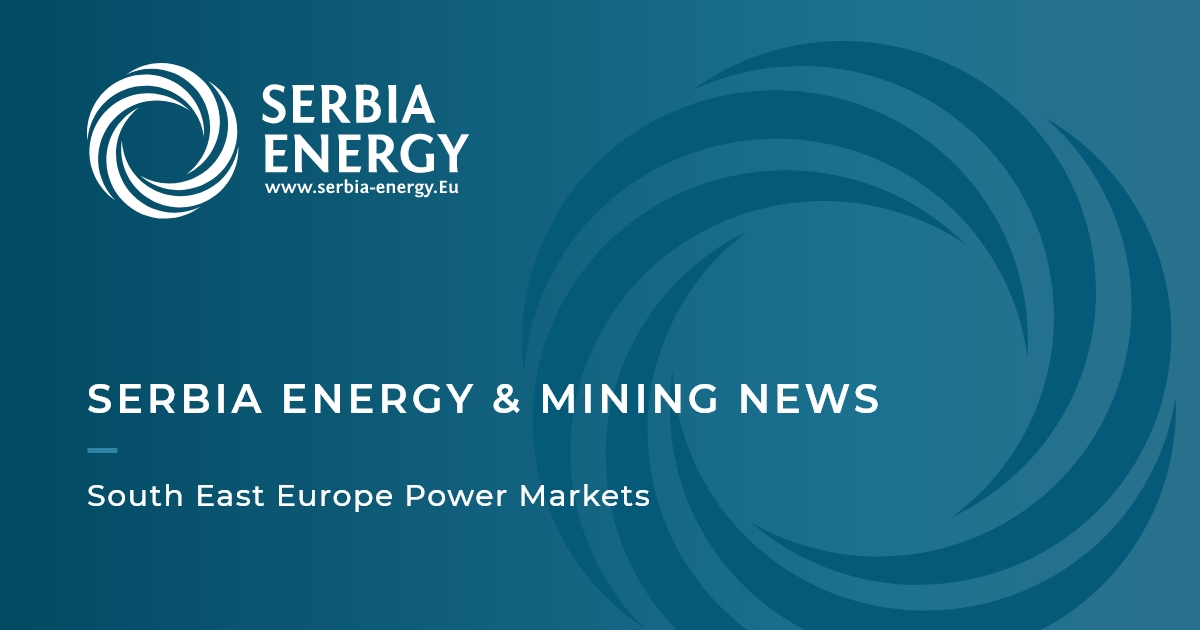The Executive Board of the National Bank of Serbia (NBS) decided today to increase the reference interest rate by 25 basis points, to 5.5 percent.
The rate on deposit facilities was increased to 4.5 percent, as was the rate on credit facilities to 6.5 percent, the NBS announced.
“Thus, the NBS contributes to the fact that inflation in Serbia is on a downward path and returns to the limits of the permitted deviation from the target by the end of the projection period,” the announcement states.
Today’s increase in the reference interest rate is the eleventh consecutive increase starting in April 2022, ending with which it was increased by a total of 450 basis points.
“At the same time, by maintaining the relative stability of the dinar exchange rate against the euro, the NBS significantly contributes to limiting the spillover effects of import price growth on domestic prices, as well as macroeconomic stability in conditions of increased global uncertainty,” the Central Bank pointed out.
The executive board assessed that the prospects for the growth of the world economy this year are slightly better than expected until recently, primarily thanks to the signs of easing global cost pressures, as well as the abandonment of the strategy of zero tolerance towards the corona virus in China.
The weakening of global cost pressures is influenced, above all, by the drop in prices in the energy sector, i.e. the decrease in the price of gas in Europe and the drop in the world price of crude oil, as well as the resolution of stagnation in global supply chains and the reduction of container transport costs.
The Executive Board pointed out that caution is needed in the conduct of monetary policy, given that China’s stronger growth would likely push the prices of energy and other primary products up and thus make it more difficult to fight inflation, which at the global level is showing signs of calming down from its multi-decade high.
As stated by the NBS, at the end of 2022, interannual inflation in Serbia amounted to 15.1 percent, and about two-thirds of the contribution still came from food and energy prices, while, as in other countries, the contribution of energy prices decreased in recent months, while the contribution of food prices continued to rise.
“Despite the slowdown, producer and import prices still record relatively high year-on-year growth rates, which affects domestic base inflation, which, however, thanks to the maintained relative stability of the exchange rate in extremely uncertain global conditions, continues to move below overall inflation and was 10.1 percent year-on-year in December,” the NBS stated.
The Executive Board expects that inflation will remain elevated in the first quarter of this year, as a consequence of the continuation of high cost pressures from the previous period and the increase in electricity and gas prices for households.
In the rest of the year, inflationary pressures are expected to ease, primarily in the second half of the year, which will be contributed by the effects of the previous tightening of monetary conditions, the expected weakening of the effects of global factors that led to the growth of energy and food prices in the previous period, the slowdown of import inflation, as well as lower external demand.
According to the preliminary data of the Republic Institute of Statistics, the real year-on-year growth of the gross domestic product of Serbia in the fourth quarter was 0.4 percent, and at the level of the year, the growth rate was 2.3 percent.
The largest contribution to growth in the fourth quarter was made by the service sectors, and in addition to the negative effects of external demand, a positive contribution also came from industrial production, following the recovery of the power sector.
“On the other hand, agricultural production was lower compared to the previous year due to drought, as well as activity in construction in conditions of strong growth in the costs of construction materials and other inputs. The Executive Board estimates that lower external demand in the first half of this year, primarily from the euro zone, slow down the activity in the processing industry and exports, but that they will accelerate from the second half of the year, as the effects of the factors that influenced the lower external demand weaken”, stated the NBS.








